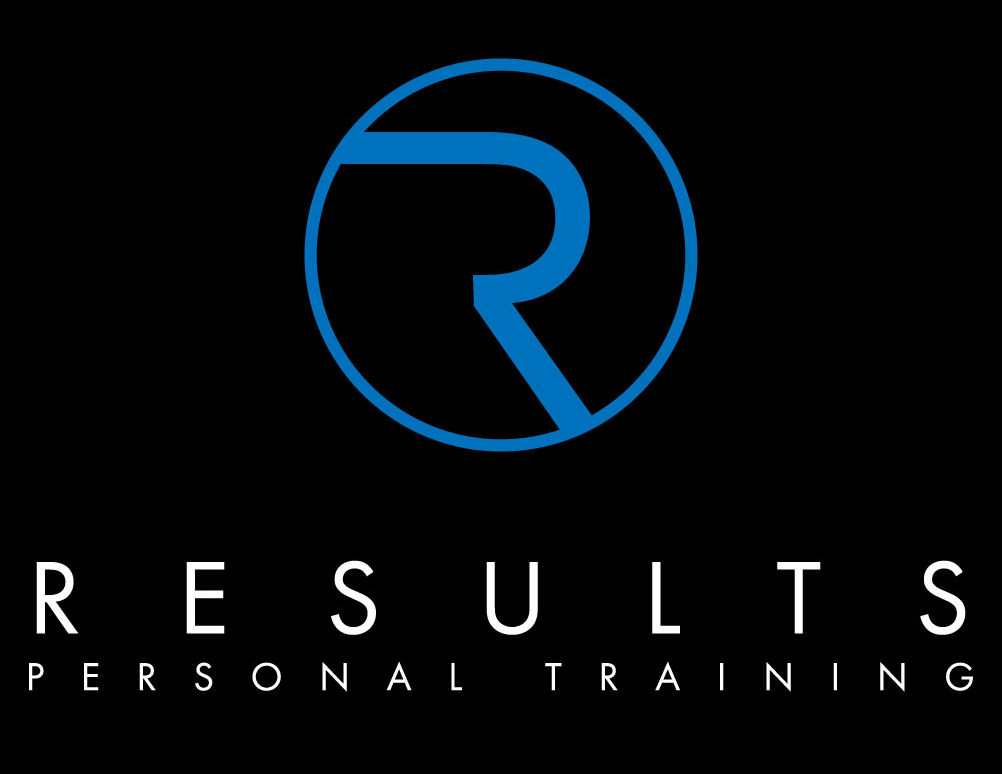The presence of dysfunctional breathing affects overall health and musculoskeletal system performance. Dysfunctional breathing can contribute to many symptoms and functional disturbances such as impaired motor control, decreased pain thresholds, decreased balance, decreased lymphatic flow and many other movement dysfunctions.
Breathing is both incredibly simple and complex. It’s something that we all do without much thought but it’s also something that many of us struggle to get right.
There is no one right way to breathe. How you breathe depends on many factors but to simplify what functional breathing is, it is as follows..
1 – efficient
2 – adaptive
3 – appropriate
4 – responsive
5 – supportive
The primary functions of breathing are
- Biomechanical
- This is the actions of the neuromuscular respiratory pump
- Creates appropriate changes in intra-abdominal and intrathoracic pressure that drives the movement of air, lymph and blood
- Biochemical
- Refers to the effects on body chemistry and blood gases
Secondary functions of breathing are
- Mental and emotional stress
- Speech
- Homeostatic rhythm
- Posture, motor control and spine stability
There are a number of breathing assessments. Correct breathing is multifaceted; however today I am going to give you two simple screens to help you identify if you have a breathing dysfunction. If you pass these breathing screens you have an 89% chance that you don’t have a breathing dysfunction
Screen 1 functional residual capacity (FRC)
Instructions
1 – Breathe in and out naturally. At the end of an exhale hold you breathe by plugging your nose
2 – Hold your breath until you have a clear desire to breathe or experience any involuntary muscle activity from the diaphragm or any other breathing muscles
3 – you will start a timer as soon as you start to hold your breathe and stop the timer at the first signs of breathe or muscle activity
Tips
Typically, the first signs of breathing are muscle activity in the stomach or neck
Results
If you have an urge to breathe within 25 seconds, suspect a dysfunction. Ideally you are looking for over 35 seconds
Screen 2 – Breath holding at total lung capacity (TLC)
Instructions
1 – breathe in and out as you normally would, then take a deep breath in (the maximum you can) and hold your breath by plugging your nose
2 – Hold for as long as possible until breaking point
3 – you will start a timer as soon as you start to hold your breathe and stop the timer when you breathe
Tips
Muscle activity is allowed during this test.
Make sure you hold as long as you can
Results
If you score under 35 seconds consider that you have a breathing dysfunction. Optimal is over 60 seconds.
To wrap up
If you want to run faster, further, if you want to lift heavier, if you want to feel more relaxed and less stressed, if you want better posture, if you want better immune function, if you ultimately want better than … get your breathing in order. Your breathing affects everything that you do.
Life starts with a breath and ends with a breath. If you want to get the bit in the middle right, then learn to breathe.


Recent Comments